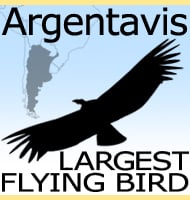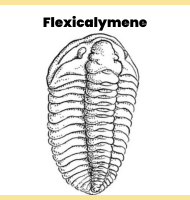In Depth
Tetraceratops has proven a headache for palaeontologists since its discovery, as it is either a pelycosaur, or potentially an early form of the coming therapsids that would displace the pelycosaurs as dominant predators. Evidence to support the therapsid theory comes from similarities in the temporal fenestra between Tetraceratops and biarmarosuchians, primitive therapsids that include Biarmosuchus.
Whatever its phylogenetic lineage, Tetraceratops acquired its name from the four horns that adorn the top of its head. However, another pair of horns actually protruded from the rear corners of its mandible (lower jaw).
Study of the area where the skull came from suggests that Tetraceratops lived in a drier, woodland environment. The smaller skull of Tetraceratops compared to other pelycosaurs like Ophiacodon would suggest an overall smaller body size. This may have allowed Tetraceratops to hunt for smaller reptiles away from the wetter swamp environments that seem to have been populated by the larger predatory pelycosaurs.
Further Reading
– A four-horned pelycosaurian from the Permian of Texas. – Bulletin of the American Museum of Natural History 24:183-185. – W. D. Matthew – 1908. – The osteology and relationships of Tetraceratops insignis, the oldest known therapsid. – Journal of Vertebrate Paleontology. 16 (1): 95–102. – M. laurin & R. R. Reisz – 1996. – Re-evaluation of Tetraceratops insignis (Synapsida: Sphenacodontia). – Journal of Vertebrate Paleontology. 21: 42A. – J. Conrad & C. A. Sidor – 2001. – The skull of Tetraceratops insignis (Synapsida, Sphenacodontia). – Palaeovertebrata. 43 (1): e1. – Frederik Spindler – 2020.









